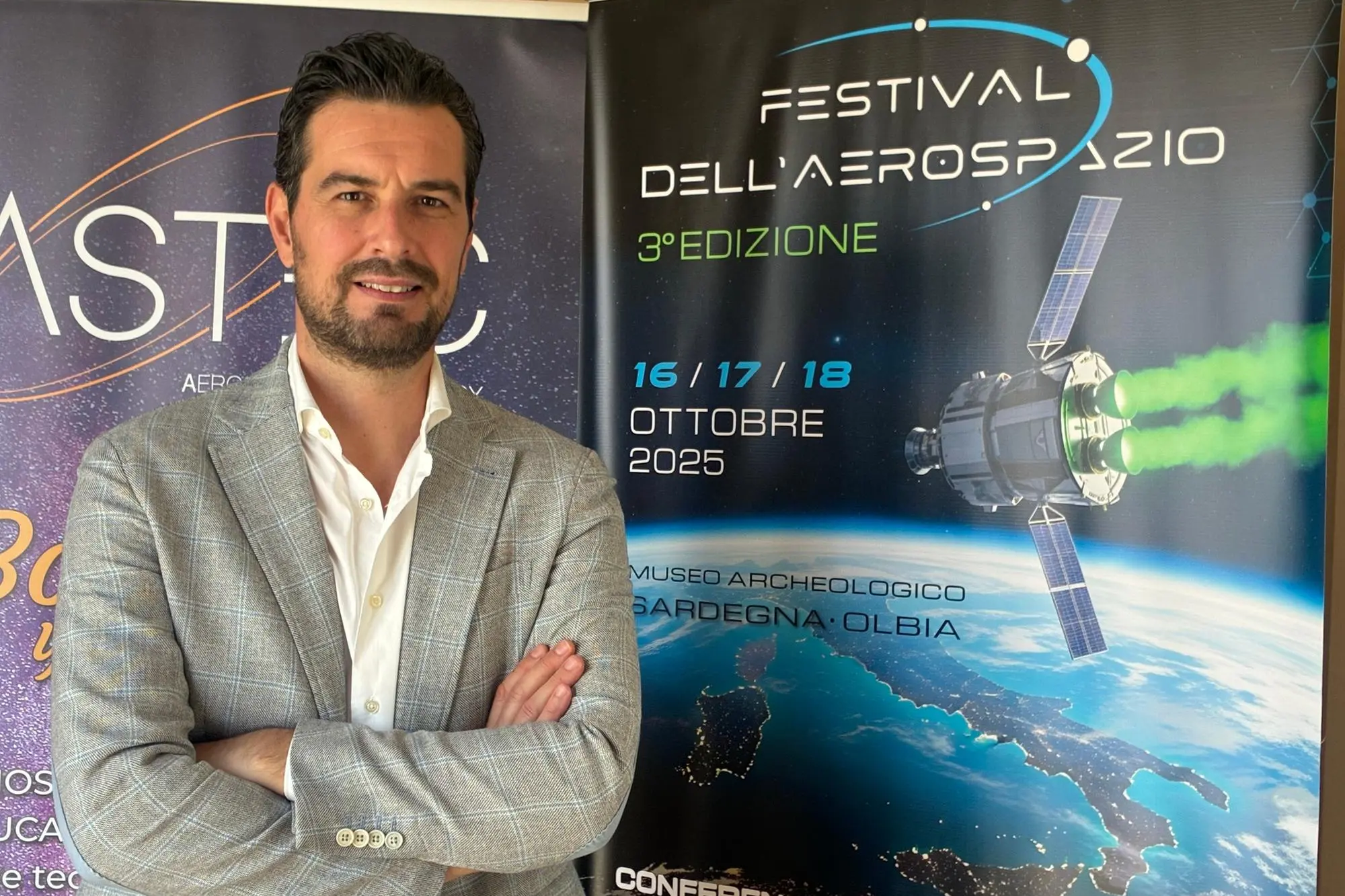Stefano Polato, the astronauts' chef at the Olbia Aerospace Festival
A special guest will explain the characteristics that space food must have.Per restare aggiornato entra nel nostro canale Whatsapp
"My favorite dishes? A soup made with all the Slow Food Presidia legumes, and then the tiramisu for Parmitano, which was quite a challenge, but we managed to make it. He had fun and enjoyed it in space." Stefano Polato, "the astronauts' chef," who has made space cuisine and food innovation his field of excellence, shares his stellar (and Michelin-starred) recipes.
He landed in Olbia for the Aerospace Festival, which opened yesterday, as the special guest of one of the event's most captivating panels: space food. A roundtable discussion and an exhibition featuring authentic space food packages, dehydrated and thermostabilized products, research projects, and experimental solutions designed for a microgravity environment, this year's event explores nutrition in orbit and long-term survival, which will involve space cultivation and greenhouse vegetables aboard spacecraft or space stations. What does producing space food mean?
"Producing food for space missions requires compliance with NASA regulations," Polato explains. "The food I produce is shipped to Houston and validated. It must have an 18- to 24-month shelf life at room temperature and undergo preventive treatments to ensure its shelf life. Maximum attention is paid to the risk of volatility; there must be no solid or liquid particles that start to float around the space station when the meal is opened. Therefore, we must pay attention to the product's consistencies and slipperiness, which are essential to ensuring that the astronaut doesn't dissolve the meal once he picks it up with a fork." Food that's both tasty and nutritious.
"We pay a lot of attention to nutritional aspects, since the missions are very long, we need to go beyond the survival "K rations" and guarantee the astronaut a certain level of psychophysical well-being," explains the AstroSamantha chef. "In collaboration with ESA nutritionists, we create dishes that help curb the physiological problems that astronauts may encounter, thus slowing down the accelerated cellular aging that humans undergo."
But how does one become a space chef? "I got into it a bit by chance; there's no specific training that allows one to become one," says Polato. "A series of coincidences put me in contact with ESA and ASI on various projects, and the training was somewhat homegrown. It's a mix between a chef and a food technologist; during my training, I studied nutraceuticals and nutrition to gain a clearer understanding. Today, we're two companies in Italy, and at the European level, you can count them on one hand." For now, it's a niche sector, "but if we consider how fast the space economy and space tourism are growing," the chef concludes, "it's certainly a job that could be more in demand in the coming years."
